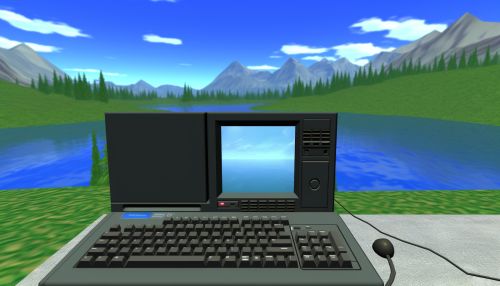Unix-like
Overview
A Unix-like (sometimes referred to as UN*X or *nix) operating system is one that behaves in a manner similar to a Unix system, while not necessarily conforming to or being certified to any version of the Single UNIX Specification. A Unix-like application is one that behaves like the corresponding Unix command or shell. There is no standard for defining the term, and some difference of opinion is possible as to the degree to which a given operating system or application is "Unix-like".


History
The term can include free and open-source operating systems inspired by Bell Labs' Unix or designed to emulate its features, commercial and proprietary work-alikes, and even versions based on the licensed UNIX source code (which may be sufficiently "Unix-like" to pass certification and bear the "UNIX" trademark).
Design
The design of Unix-like operating systems is based on modular Unix programs, commands, and shell scripts that can be chained together to perform complex workflows. Unix-like systems are highly flexible and customizable, as opposed to proprietary systems, which tend to be more user-friendly but less flexible.
Architecture
Unix-like systems use a hierarchical file system, with root (/) at the base of the file system hierarchy, and the other directories spreading out from there, often in a tree-like pattern. All files and directories appear under the root directory, even if they are stored on different physical or virtual devices. Some Unix-like file systems (such as ZFS) have advanced features like object-oriented storage management and copy-on-write snapshots.
Usage
Unix-like systems are widely used in servers, workstations, and mobile devices. The portable, modular nature of Unix-like systems means they can be used in a variety of hardware and situations. Unix-like systems are also used in embedded systems (devices with a dedicated function, such as routers and IoT devices) where the operating system is typically built into the firmware and highly tailored to the system's specific needs and constraints.
Development
The development of Unix-like systems has been led by various groups and organizations, including the GNU Project, the Linux Foundation, and the FreeBSD Project. These groups have produced systems based on the Unix design that are free and open source, allowing for widespread use and adaptation.
Varieties
There are many varieties of Unix-like systems, including commercial versions like IBM's AIX and HP's HP-UX, free and open source versions like Linux and FreeBSD, and hybrid versions like Apple's macOS, which combines a Unix-like foundation with a proprietary graphical user interface.
Influence
Unix-like systems have had a significant influence on other operating systems, including non-Unix-like systems. For example, Microsoft's Windows NT was influenced by design principles of Unix, but does not qualify as Unix-like.
